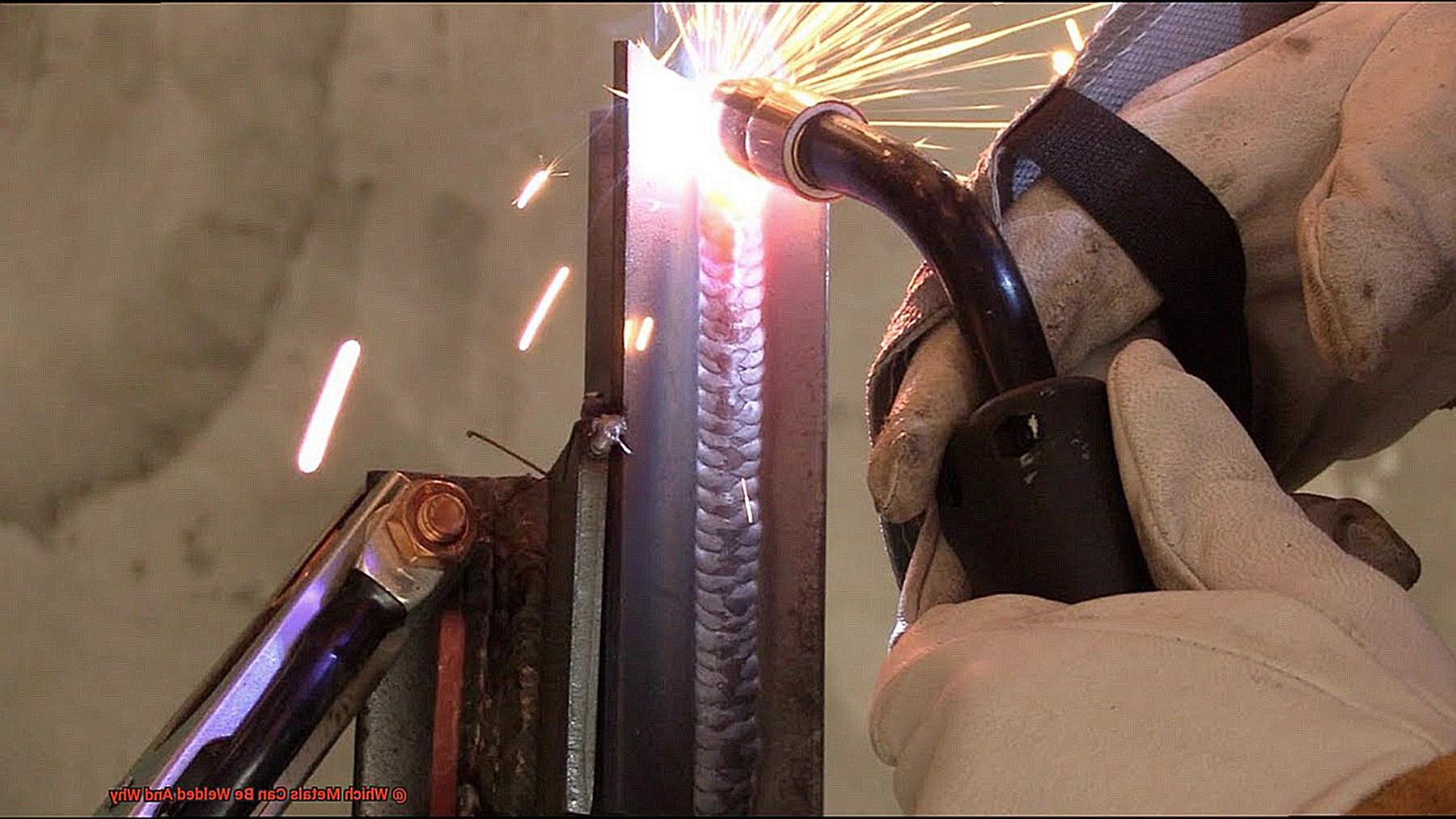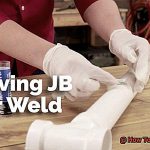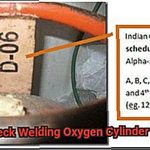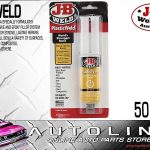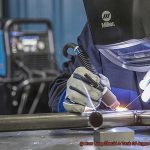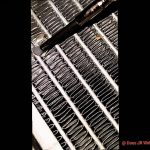Welding, a time-honored technique, has been used for centuries to fuse different metals together. This versatile method can be employed to create anything from delicate metal sculptures to towering skyscrapers. However, not all metals are created equal when it comes to welding. Some metals require distinct welding techniques and equipment, while others cannot be welded at all. In this blog post, we will delve into which metals can be welded and why.
Have you ever pondered why certain metals can be joined together through welding while others cannot? The answer lies in the unique properties of each metal.
Some have a low melting point, while others possess a high melting point. Certain metals are malleable and ductile, while others are brittle and prone to breaking easily. All these factors contribute to whether or not a particular metal can be welded.
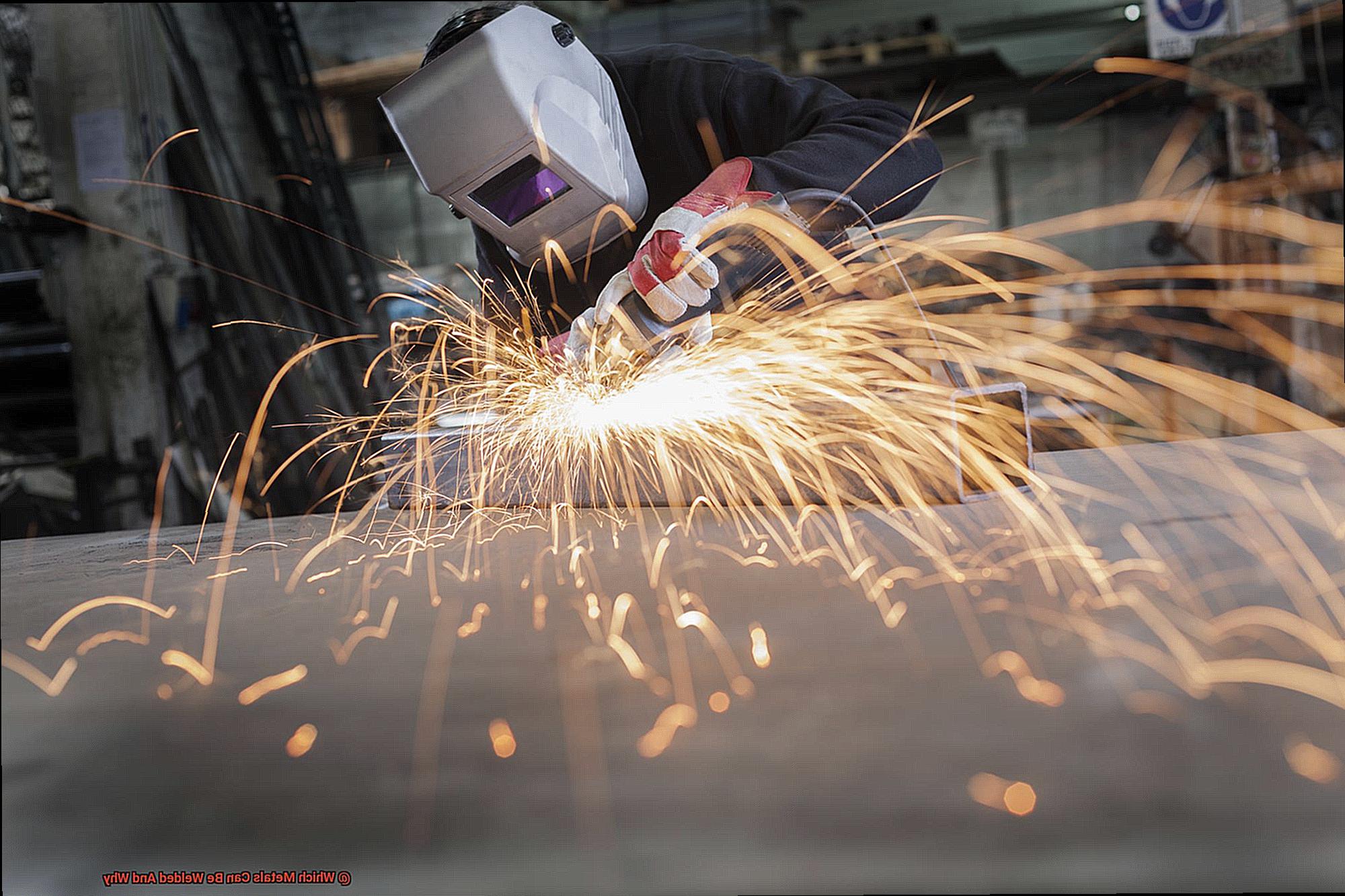
We will explore some of the most frequently welded metals such as steel, aluminum, and copper. We will also touch on the challenges associated with welding specific metals and the special considerations that must be taken into account when welding them.
Whether you’re an experienced welder or simply curious about this fascinating process, this blog post is sure to provide you with valuable insights into which metals can be welded and why they behave as they do during the process. So let’s jump right in and discover the exciting world of welding together.
Types of Metals That Can Be Welded
Contents
When it comes to welding, not all metals are created equal. Some metals are easier to weld than others, while some require special techniques and equipment to weld properly. Let’s take a closer look at the five types of metals that can be welded:
Carbon steel is one of the most commonly welded metals used in construction, manufacturing, and more. Arc welding, MIG welding, and TIG welding are some of the techniques used for welding carbon steel.
Stainless steel is another popular metal for welding, commonly used in applications where corrosion resistance is important, such as in the food industry or medical equipment. Similar techniques used for carbon steel can be used for stainless steel, but it requires special attention to prevent contamination.
Aluminum is a lightweight metal commonly used in aerospace and marine structures. However, welding aluminum requires special techniques and equipment such as a spool gun or push-pull gun.
Copper, known for its excellent thermal and electrical conductivity, is often used in electrical wiring and plumbing applications. TIG welding or oxy-acetylene welding are commonly used to weld copper.
Nickel alloys are often used in high-temperature applications such as in aerospace and power generation industries. They can be difficult to weld due to their high melting points but can be welded using TIG or plasma arc welding.
Properties of Metals That Affect the Welding Process
Welding is a complex process that requires a delicate balance between the properties of the metals being welded and the skill of the welder. Each metal has unique characteristics that can either enhance or hinder the welding process.
One critical property to consider when welding is the melting point of the metal. High melting point metals require more heat to weld, making the process more difficult and time-consuming. In contrast, low melting point metals are easier to weld. It’s like cooking a steak; you want to use high heat to cook it quickly and efficiently.
Another crucial property is conductivity. Metals like copper and aluminum, which conduct heat and electricity well, can be more challenging to weld because they dissipate heat quickly. This can lead to problems with distortion and porosity if not managed correctly during the welding process.
The chemical composition of the metal also plays a significant role in its weldability. For instance, high carbon steel can crack during welding due to its high carbon content, while stainless steel requires specialized equipment and techniques because of its high chromium and nickel levels.
Lastly, mechanical properties like strength, ductility, and toughness must be considered when welding. The way a metal responds to heat and stress during welding will vary depending on its mechanical properties. By selecting the right welding technique and filler material, welders can maintain or even enhance these properties.
Steel – Most Commonly Welded Metal
If you’ve ever gazed up at a towering skyscraper or driven past a sleek automobile, it’s highly likely that steel played a crucial role in their construction. Steel is the most commonly welded metal in the world, and for good reason. Its strength, durability, and versatility make it a go-to material for a broad range of applications across countless industries.
When welding steel, heat is applied to the metal to melt it and fuse it together with another piece of steel. The specific welding technique used depends on the type of steel and intended application, with heat sources ranging from gas flames to electric arcs and laser beams.
One of the primary reasons steel is so popular for welding is its impressive strength. Steel boasts a high tensile strength, meaning it can withstand significant stress without breaking or deforming. This makes it ideal for structures such as skyscrapers, bridges, and pipelines that need to be robust and long-lasting.
Another benefit of steel welding is its resistance to corrosion. Steel naturally forms an oxide layer on its surface that shields it from rust and other forms of corrosion.
However, this layer can be damaged during the welding process, leaving the metal vulnerable to corrosion. To prevent this from happening, welders use specialized techniques and materials such as anti-corrosion coatings or inert gases to protect the welded area from oxidation and other types of damage.
Lastly, steel’s versatility in welding is unparalleled. It can be welded using an array of techniques and materials depending on the specific application. Some types of steel may require a particular welding electrode or filler material for optimal results.
Welders must have an in-depth understanding of the properties of the steel they’re working with to choose the best welding technique and materials for the job.
Stainless Steel – Corrosion-Resistant Properties
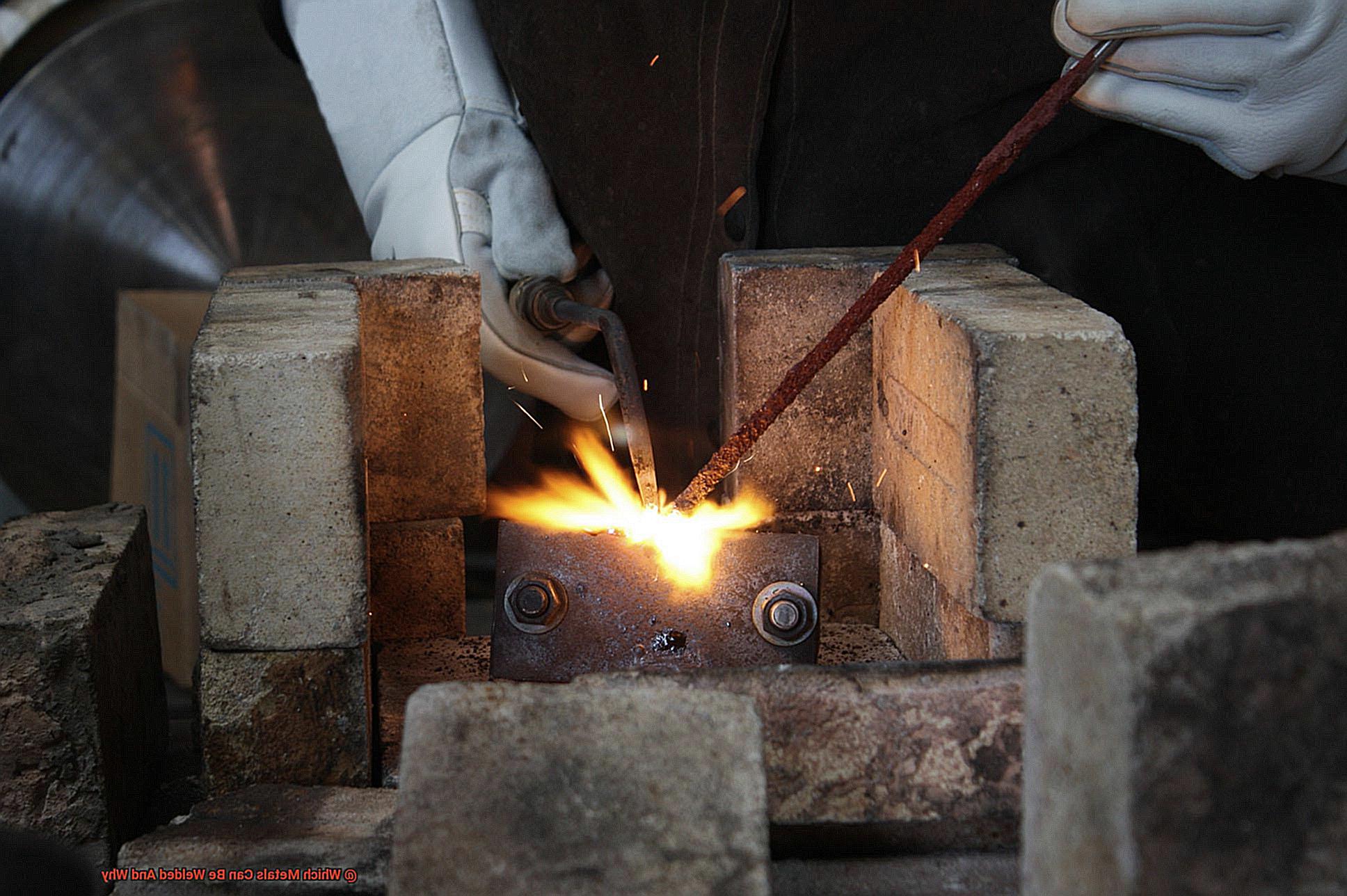
If you’re looking for a metal that can withstand the test of time, stainless steel is your best bet. This alloy of iron, chromium, and other elements such as nickel and molybdenum offers unparalleled resistance to corrosion.
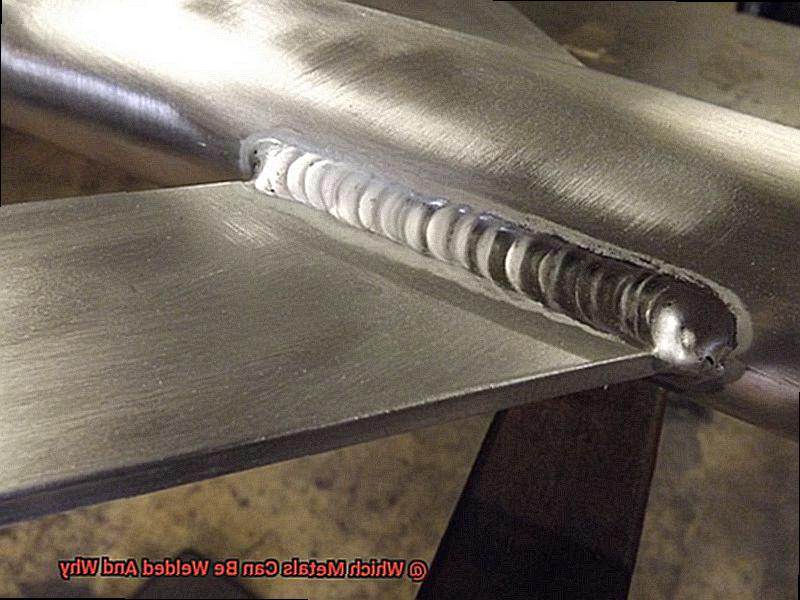
Its secret weapon? The presence of chromium, which forms a thin layer of oxide on the surface of the metal when exposed to oxygen. This layer acts as a shield, protecting the steel from harmful substances that could cause damage.
But welding stainless steel requires skill and expertise.
Due to its high thermal conductivity and low thermal expansion coefficient, it’s crucial to use the appropriate welding techniques and equipment to prevent distortion or cracking during the welding process. Fortunately, there are several methods at your disposal, including gas tungsten arc welding (GTAW), gas metal arc welding (GMAW), and plasma arc welding (PAW).
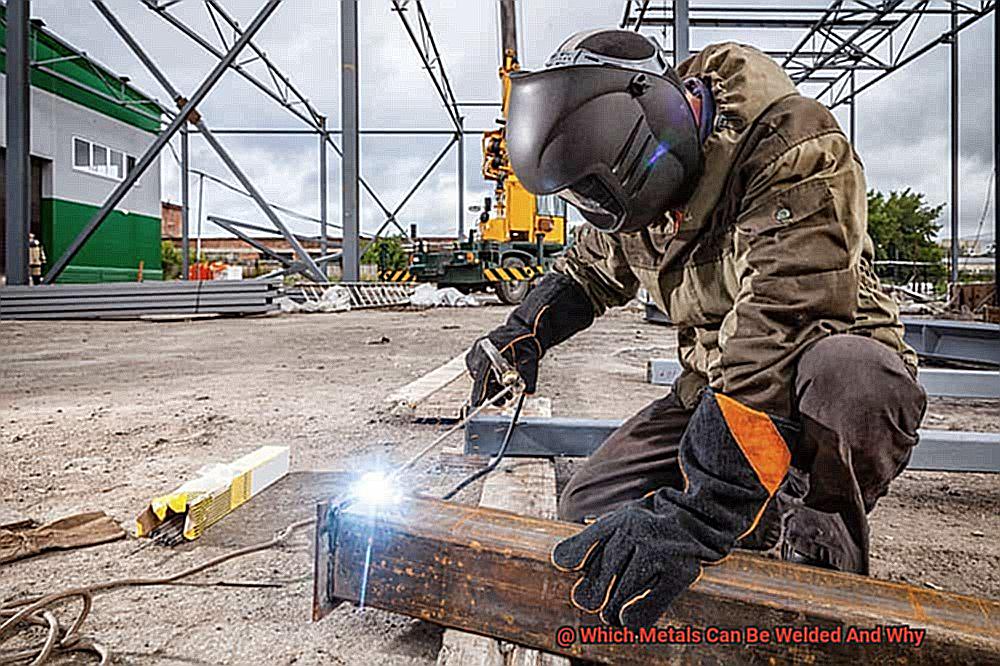
When selecting the right type of stainless steel for your project, it’s important to consider factors such as microstructure and composition. Austenitic stainless steel is non-magnetic and has excellent corrosion resistance properties, making it a popular choice in industries such as food and chemical processing where high strength is required.
Ferritic stainless steel, on the other hand, has lower corrosion resistance but offers better weldability due to its lower carbon content. It’s often used in applications where moderate corrosion resistance is sufficient, such as automotive exhaust systems.
Aluminum – Lightweight and Versatile
It’s no surprise that aluminum is a popular material in aerospace, automotive, and construction industries due to its lightweight and strength. However, welding aluminum comes with its own set of challenges and benefits.
One major benefit of aluminum is its high strength-to-weight ratio, making it ideal for applications where weight reduction is critical. But when it comes to welding, aluminum’s high thermal conductivity can pose challenges. Its ability to dissipate heat quickly can lead to warping, distortion, and even cracking during the welding process. But don’t let this intimidate you.
To overcome these challenges, it’s crucial to use proper welding techniques and equipment. TIG (tungsten inert gas) welding is often the preferred method for welding aluminum due to its precision and control. TIG welding allows the welder to have better control of the heat input and avoid overheating the metal.
Another essential factor to consider when welding aluminum is the type of filler material used. The most commonly used filler material for aluminum is 4043, which has good flow characteristics and produces strong welds. However, for applications requiring higher strength, 5356 filler material may be used.
Welding aluminum requires patience and skill, much like cooking a delicate dish. You need the right tools and techniques to bring out its best qualities. With the right equipment, skill, and patience, you can successfully weld aluminum to create strong and durable welds that can withstand the test of time.
Copper and Brass – Low Melting Points
Copper is a popular metal widely used in various industries due to its low melting point of around 1,983°F (1,083°C). Its high conductivity makes it ideal for electrical applications, while its durability and resistance to corrosion make it perfect for plumbing and construction. On the other hand, brass is an alloy made from copper and zinc, with a slightly lower melting point of around 1,650°F (899°C). It’s often used in decorative pieces due to its golden color and resistance to corrosion.
The low melting points of copper and brass make them easier to weld than many other metals since they can be welded using lower temperatures. However, welders must exercise caution when working with these metals. For instance, copper’s high thermal conductivity means that heat quickly disperses away from the weld zone. To overcome this challenge, welders may use a higher welding current or preheat the metal before welding.
Welding brass requires even more attention to temperature control since overheating can cause the zinc to vaporize and create a porous weld. To prevent this, welders may use a lower welding current or choose filler material that contains less zinc.
Welding copper and brass is like cooking a delicate dish – patience and skill are crucial to getting it just right. But with the right tools and techniques, you can create strong and durable welds that can withstand the test of time.
PvK8jVbtz44″ >
Conclusion
In summary, welding is a captivating process that allows us to merge various metals and create robust structures, machines, and products. However, not all metals can be welded together due to their unique characteristics like melting point, conductivity, chemical composition, and mechanical properties. Understanding these properties is crucial for successful welding projects.
The most commonly welded metals include steel, aluminum, copper, stainless steel, and nickel alloys. Each metal requires specific welding techniques and equipment to achieve optimal results. Steel is the most widely used metal in welding applications due to its strength and versatility.
Stainless steel offers exceptional resistance to corrosion but demands specialized techniques and equipment for successful welding. Aluminum is lightweight and versatile but can be challenging to weld due to its high thermal conductivity. Copper has a low melting point and high conductivity but requires careful temperature control during welding.
Welding is a combination of science and art that necessitates precision and expertise. Welders must have an in-depth understanding of the properties of different metals and how they react when heated.
